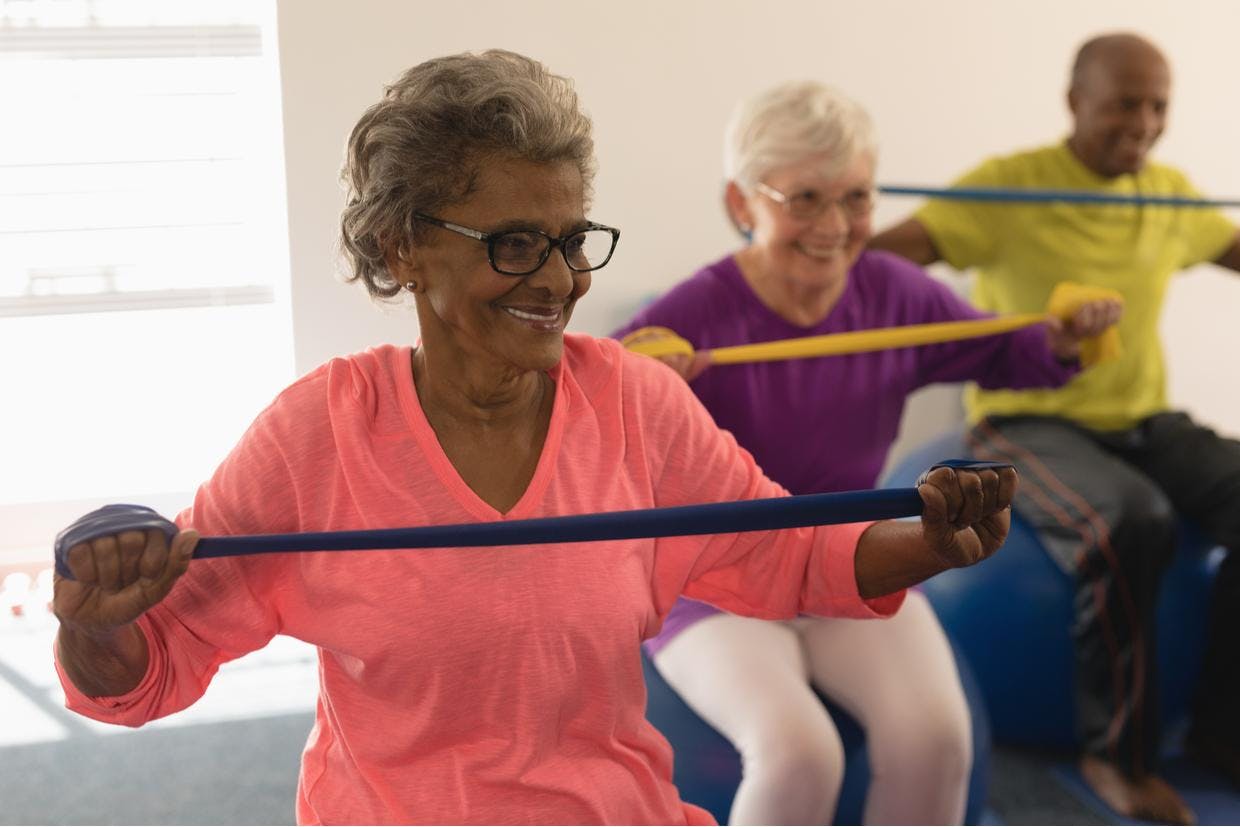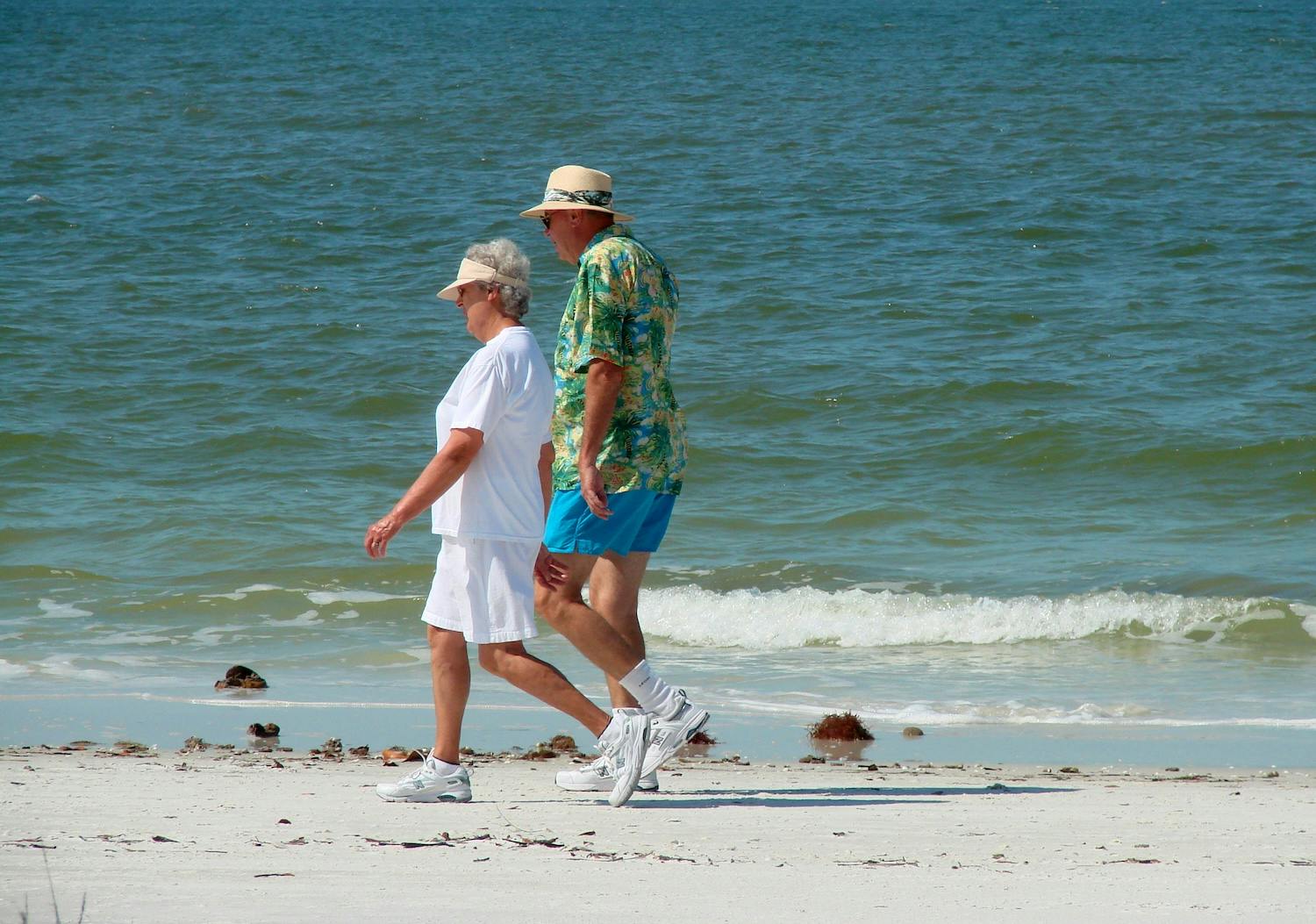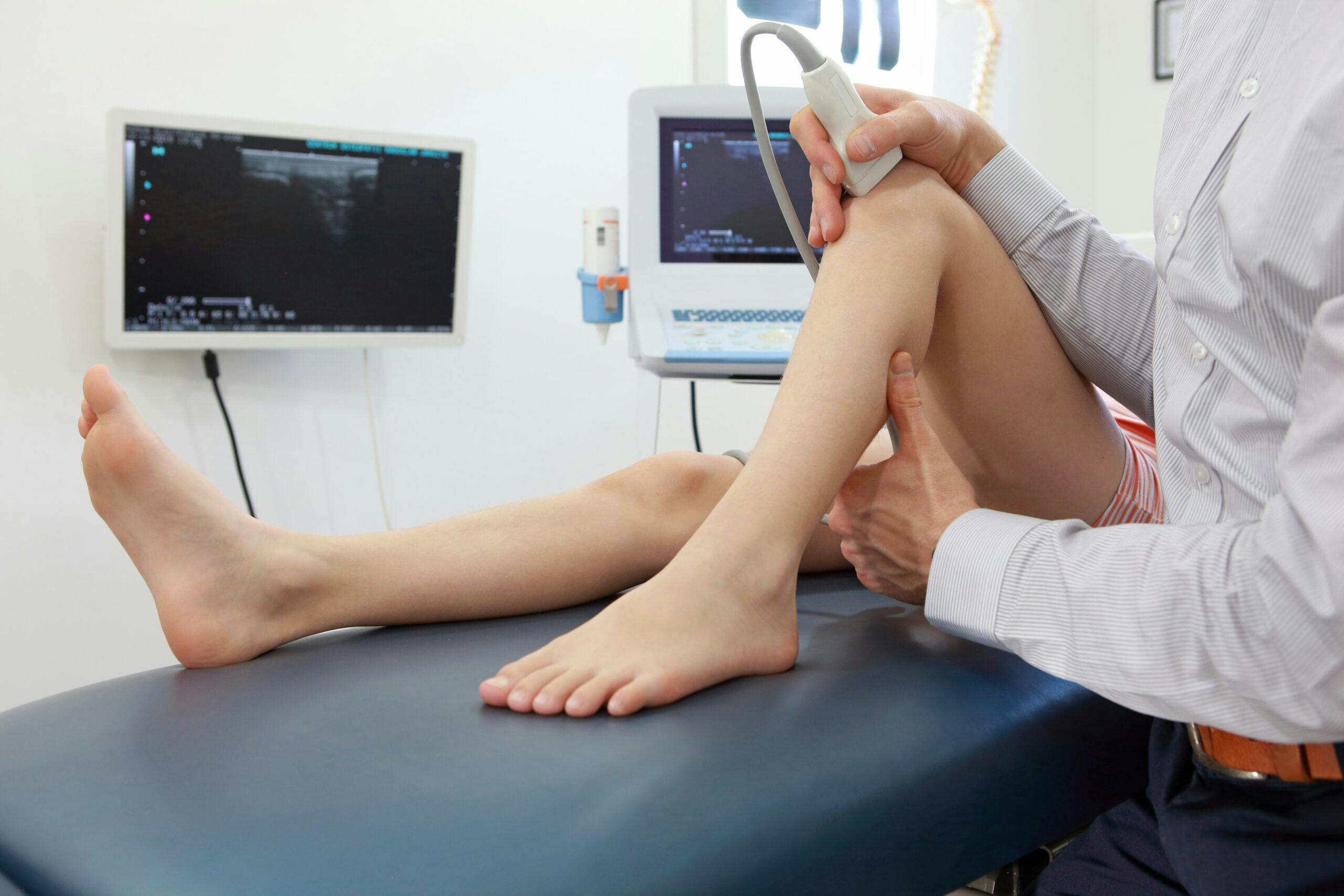- Blog
Healthy Aging & Bone Health
Posted on 12-12-2025 in Wrist, Healthy Aging, Osteoporosis, Hand & Elbow by Dr. Steven Kronlage

Posted on 12-12-2025 in Wrist, Healthy Aging, Osteoporosis, Hand & Elbow by Dr. Steven Kronlage
Observing Healthy Aging Month in September is an opportunity to emphasize the physical well-being of older adults. At North Florida Bone & Joint, our focus is on identifying proactive health practices that reduce the risk of orthopaedic injury and conditions and promote an overall active lifestyle. Three primary areas we look to include fall prevention measures, osteoporosis management and establishing a routine exercise program.
Fall Prevention Measures
According to the Centers for Disease Control and Prevention (CDC), falls are the leading cause of fatal and nonfatal injuries in people aged 65 and older. More than one out of four older adults fall each year, but less than half tell their doctor. Common injuries include shoulder and forearm fractures as well as spine, pelvic and hip fractures and head injuries.
Even if the injury is not life-threatening or permanently debilitating, taking a fall at home can be a frightening and life-changing experience, especially for the elderly and those living alone. The Orthopaedic Trauma Association and the American Academy of Orthopaedic Surgeons outline several effective modifications to help reduce your risk of falling in your home that include:
Osteoporosis Management
Healthy bone is continuously being remodeled, which means that small amounts are absorbed in your body as small amounts are replaced. When more bone calcium is absorbed than is replaced, the density (bone mass) is reduced. Osteoporosis develops when the bone is no longer replaced as quickly as it is removed, and over time it causes the bone to become progressively weaker, increasing the risk that it may break. While the exact medical cause of the condition is still unknown, osteoporosis causes more than 2 million fractures annually. However, several factors contribute to its development, including aging, heredity, hormones, physical inactivity, smoking, and excessive alcohol intake.
A gradual loss of bone mass generally begins around age 35 for everyone, and after growth is complete, women ultimately lose 30% to 50% of their bone density while men lose 20% to 30%. Bone loss occurs mainly in the lower forearm above the wrist, spine, upper femur or thigh. However, the rate of progression and the effects can be modified with proper early diagnosis and treatment. Proactive measures for bone health include:
Routine Exercise Program
A safe, routine exercise program can help reduce the progression of osteoporosis, as mentioned above, in addition to other significant orthopaedic health benefits. Building an effective exercise program should always start by consulting your physician, especially if you have a heart problem or history of heart disease. Together, you can discuss your goals and identify activities you enjoy and can do regularly. A few options to consider include:
To consult one of our fellowship-trained physicians at The Hand Center about an upper extremity issue resulting from a fall, discuss treatment options for a chronic condition or proactive strategies to manage your bone health, call 850.807.4200 or schedule an appointment online.

September is Healthy Aging Month, an observance dedicated to promoting the positive aspects of growing older and encouraging proactive steps toward maintaining long-term health. In its 33rd year, Healthy Aging Month inspires adults of all ages to focus on lifestyle habits that support vitality, independence and overall well-being.

Musculoskeletal ultrasound imaging offers orthopaedic patients safe, painless, and real-time imaging, without any harmful ionizing radiation or the need for uncomfortable positioning. As the first sports medicine physician in the region to utilize ultrasound for diagnostic and therapeutic purposes, Dr. Josh Hackel’s commitment to innovation has improved the accessibility of care for his patients.

According to the American Academy of Orthopaedic Surgeons, approximately 2 million older Americans sustain fractures yearly due to weak bones. By 2025, that number is predicted to rise to 3 million fractures annually. At North Florida Bone & Joint Specialists, we recognize the importance of maintaining strong bones, particularly as you age. In honor of Healthy Aging Month, the following tips can help you maintain, and even improve, your bone strength: